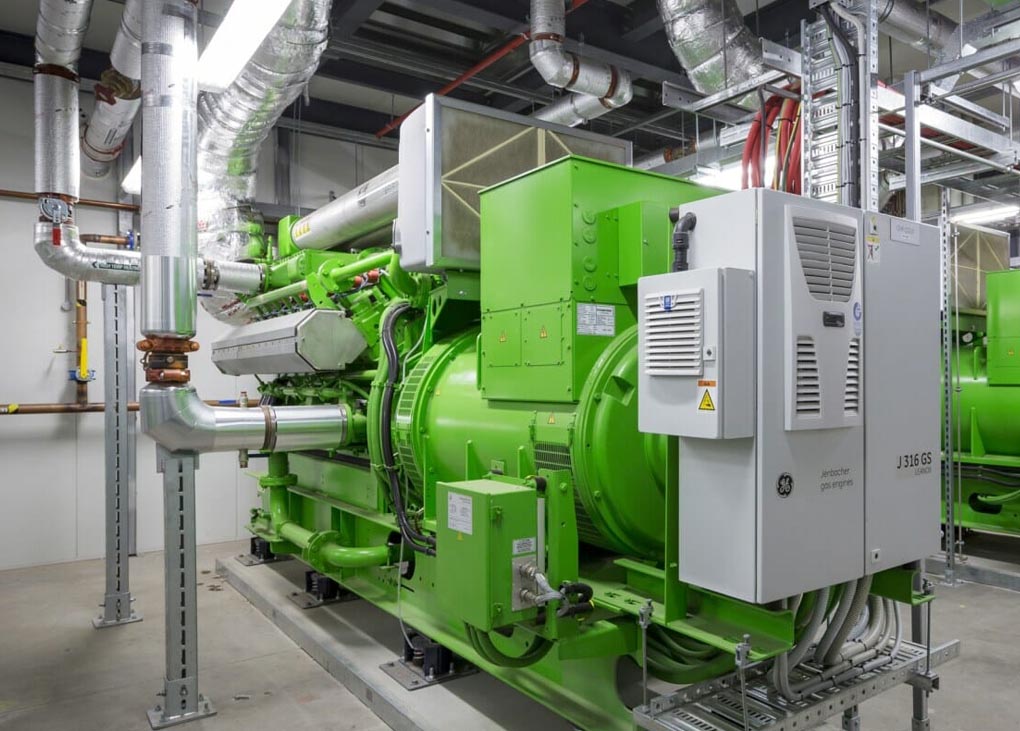Building services specialist A.G. Coombs has released an advisory note on decommissioning of trigeneration and cogeneration plants.
Cogeneration plants simultaneously produce electricity with the recovery and utilisation of heat – and in the case of trigeneration, use the heat produced by the plant to generate chilled water for air conditioning or refrigeration. Although such systems have enjoyed popularity over the past two decades, their reliance on gas and other combustible fuels mean that they are no longer as economically or environmentally viable.
“Soaring gas prices, uncertainty around the validity of carbon offsets and updates to the National Greenhouse Accounts emissions factors are just some of the reasons that building owners are switching off their trigeneration and cogeneration plants,” says A.G. Coombs. “Add to this the cost of operating these plants and the public perceptions around burning natural gas.
The advisory note looks at the drivers for decommissioning trigeneration systems. A major factor is the decarbonisation of the grid, meaning that over time, trigeneration plants will have a negative effect on NABERS Energy ratings. Also, according to A.G. Coombs, the real cost of operating and maintaining a trigeneration or cogeneration plant is now rarely justified by achieved benefits. On top of the expense of installing and commissioning the plant, the operating costs far outweigh the reduction in retail electricity and thermal energy savings.
In terms of the decommissioning process, the advisory note sets out typical issues that need to be addressed. This includes integration of the plants with other building systems, the size and location of the plant, as well as considerations around stand-by power, thermal energy, and electrical capacity.
The full advisory note is available at the A.G. Coombs website.
Image courtesy of A.G. Coombs
 Mark Vender
Mark Vender


Leave a Reply